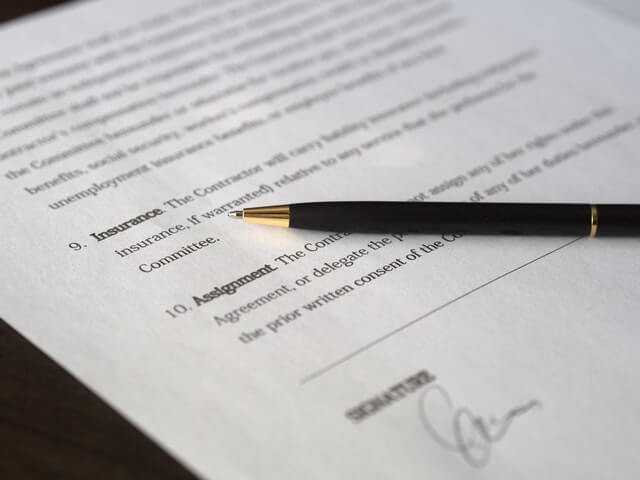Finding the perfect tenant for a property is not as easy as it seems. The process alone is tedious and will require a lot of your time. Nevertheless, it is something we cannot take for granted. Not all applicants will get to rent the property you are advertising, though. Applications may be approved or denied, depending on the outcome of the tenant screening process.
Everyone knows that renting a property is not only a privilege but also a responsibility. It is only natural to choose the best among several applicants. After all, once you use Padleads to create your property listing (and syndicating it to other websites!), expect to have many applicants. Going through several applications is a difficult task, but it is highly significant. After looking over all of it, you might pick out a few of them who are qualified. What happens after that?
Refusing A Tenant
Like I’ve said, some applicants are not fortunate enough to qualify. Denying an applicant must have a valid reason. The Fair Housing Act protects the tenants from discrimination. A landlord cannot deny a tenant because of race, gender, familial status, etc.
If there is a valid reason to deny an applicant, there should have proper documentation. Some applicants may try to complain and claim that there was discrimination. Keep a record of the reasons for rejecting the client to back you and the landlord up.

Tenant screening process
When going over applications, it is advisable to do it on a first-come, first-serve basis. The first applicant must have that advantage because it shows the willingness on their part. The process is only fair and reasonable.
Using this technique will help avoid discrimination complaints. It will also encourage tenants to send in their applications as early as possible.
Approving A Tenant
If you are fortunate, you might find a highly qualified renter among the bunch. Once decided, the landlord or leasing agent can inform the tenant verbally. But it does not mean that that’s it.
Accepting a tenant does not make it final. There are other things you must do. The tenant must deposit to hold the property for them, and they should do it within 24 hours. A committed tenant will understand the need for this.

Deposits
It is vital to ask for a deposit once a tenant is approved. It is particularly essential for properties with several interested applicants. The tenants do not have to worry, though. The amount they give will become included in their security deposit and not an added expense. It is merely a form of confirmation until they sign a lease agreement. The landlord must return the advanced payment if the tenant changes their mind about renting the property.
Lease Agreement
After accepting the tenant and getting the deposit, the next step is to sign a lease agreement. A lease agreement will make the process of filling in a vacancy final. Have the tenant sign the lease as early as possible because it will lessen the number of days that a property is vacant. Once the lease starts, the income will also begin to come in. Make sure that the landlord has a lease agreement ready at any time to avoid delays.

Terms and Conditions
Before accepting any tenant, the landlord must determine the type of lease he prefers. Some landlords prefer a long-term rental, while others opt to have a month-to-month lease arrangement. Both lease terms have their pros and cons. It is up to the landlord to choose.
There are other items to include in the lease agreement, and it is better to have it prepared before taking on a renter. The usual items included are the lease duration, rental price, security deposit, late fees, etc.
Knowing what to do after approving or denying a tenant will help you run things smoothly and swiftly. It may involve a few tasks but trust me when I say that it will benefit you greatly.